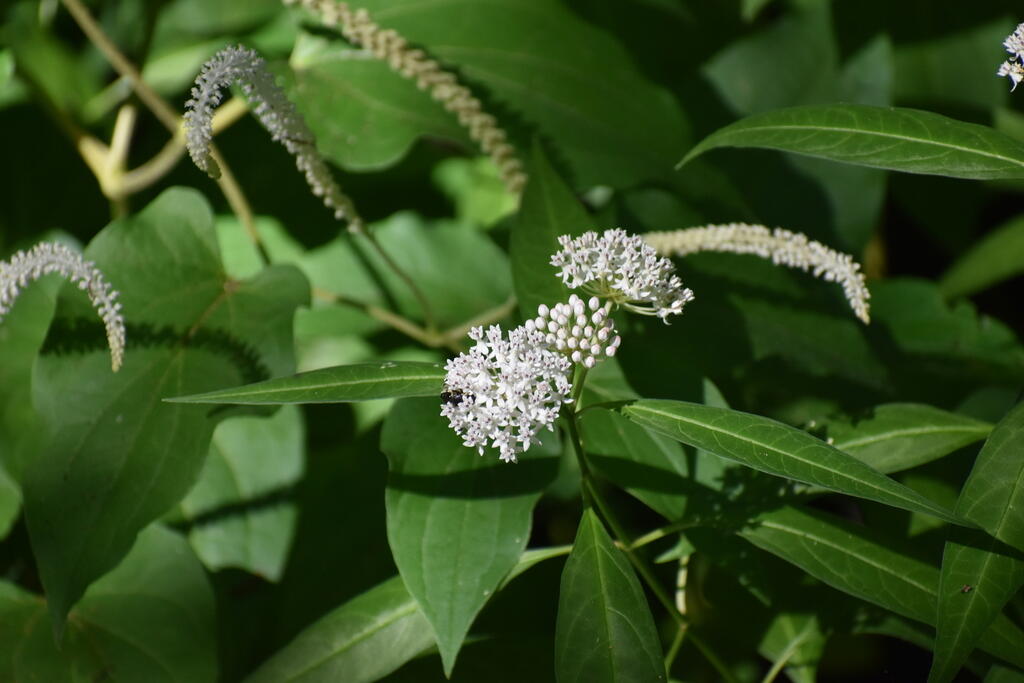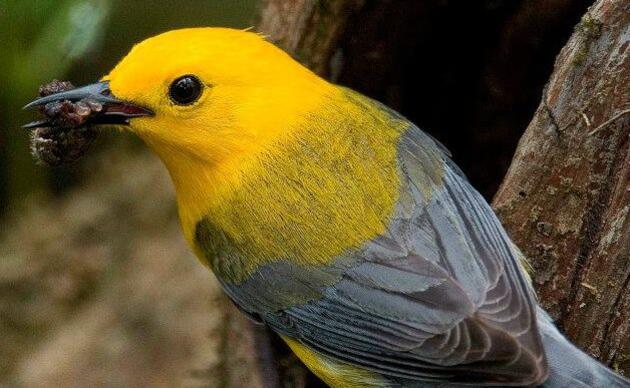
Aquatic Milkweed (Asclepias perennis) is a species of milkweed that grows in acid, wet soils in swamps and other riparian environmants. Here at Beidler Forest it can be found mixed in with other aquatic plants such as Lizard Tail (Saururus cernuus), Weatherby’s Arrowhead (Sagittaria weatherbiana), and Looseflower Water-Willow (Justicia ovata). Aquatic Milkweed comes into bloom starting in May. The blooms are umbels or pure white flowers.

Unlike other milkweeds, Aquatic Milkweed is adapted to very wet environments. Its seeds lack a coma, the fluffy part attached to many seeds that allow them to float on the wind, that most milkweeds have. Its seeds are instead very broad and flat so that they float on the surface of water and are dispersed by floating to a new site to germinate.
Aquatic Milkweed, like most milkweeds, is a host plant for Monarch Butterfly (Danaus plexippus) caterpillars. Monarchs are completely reliant on the availability of milkweed for their reproduction. South Carolina has many native milkweeds adapted to different environments throughout the state. Consider planting a local native species in your garden to attract Monarch Butterflies.





